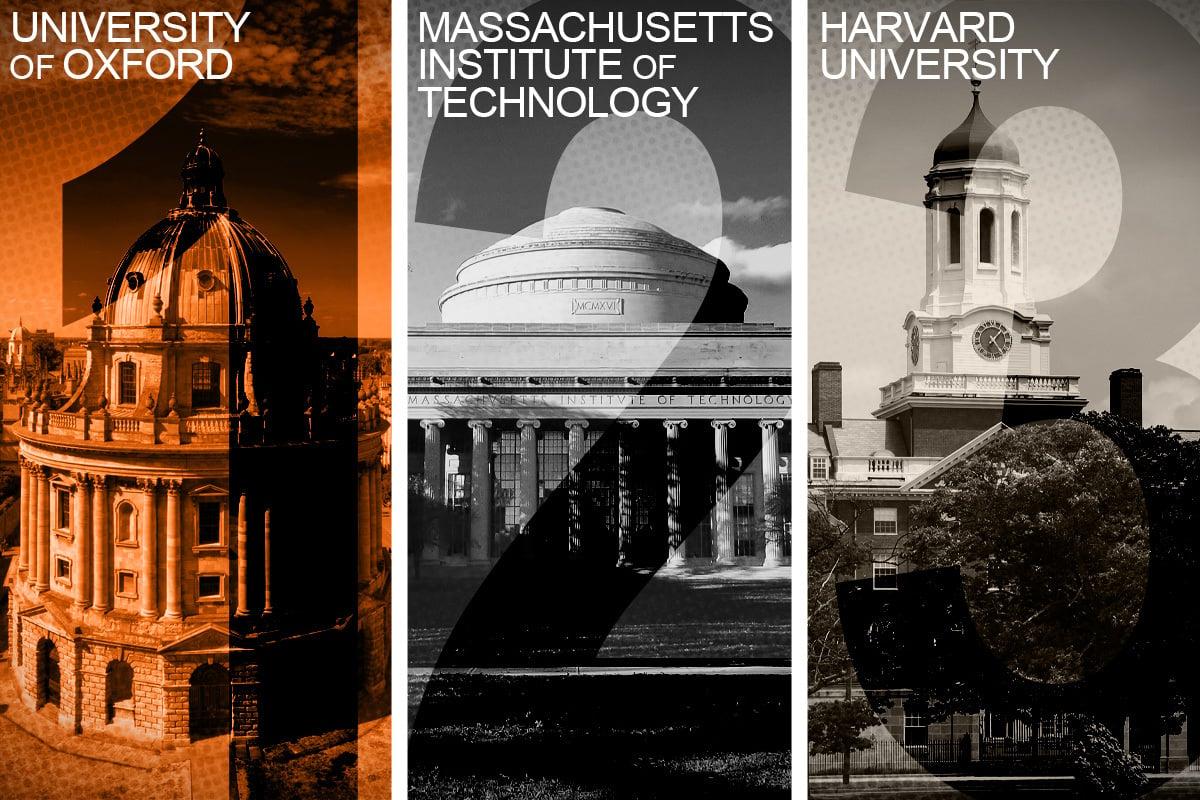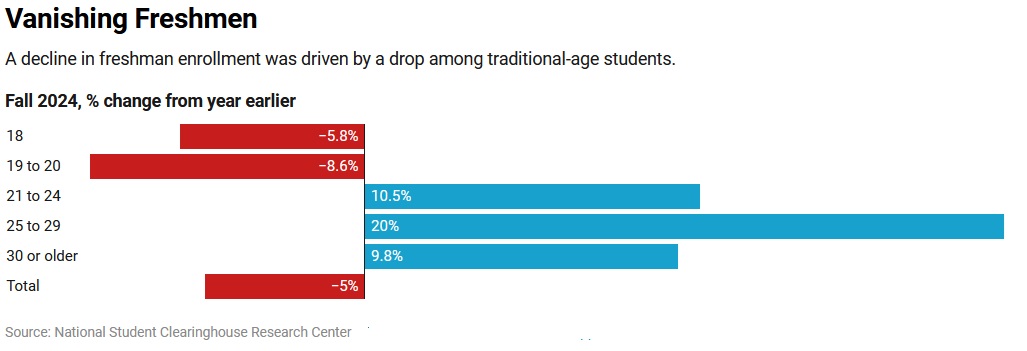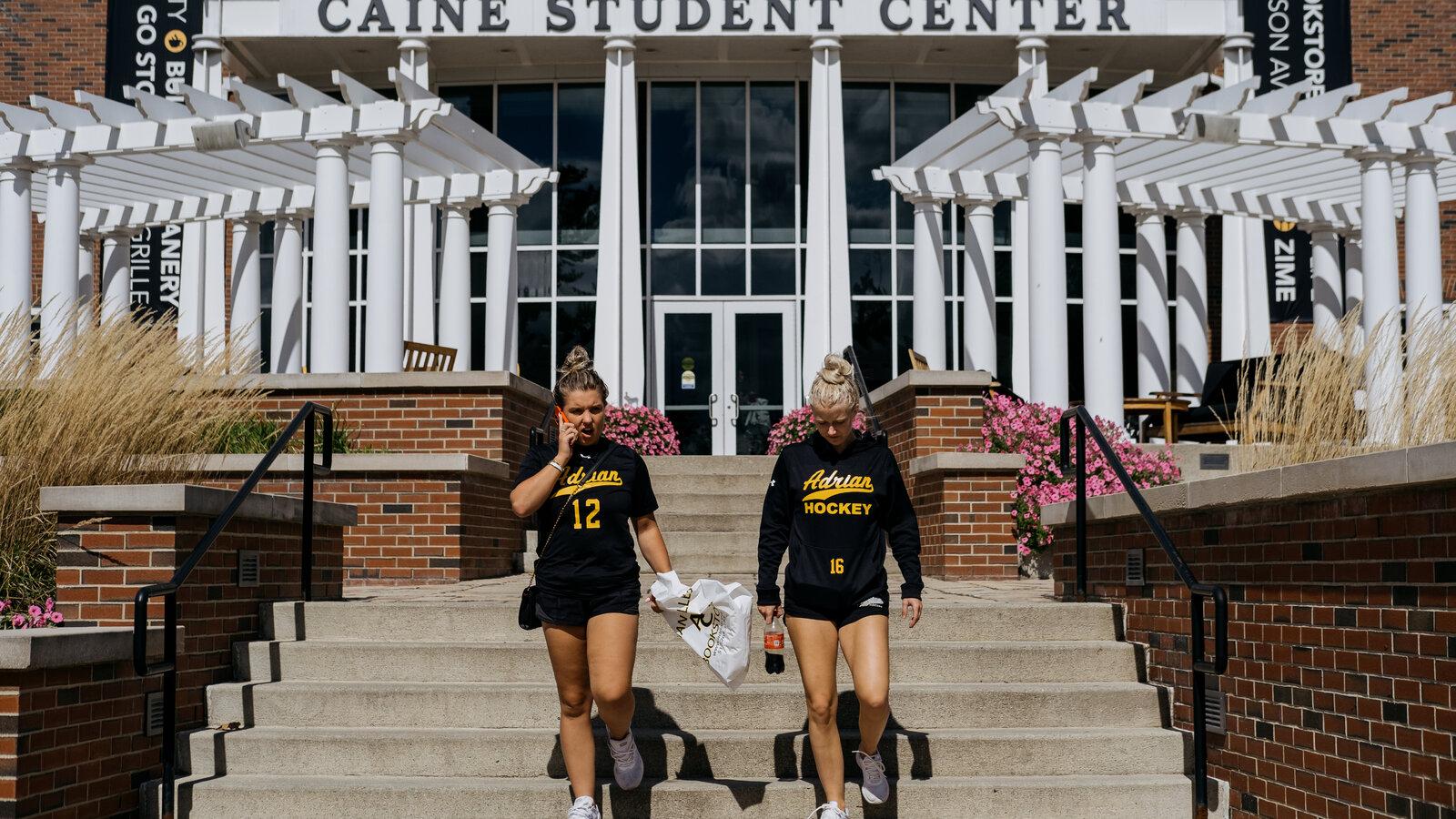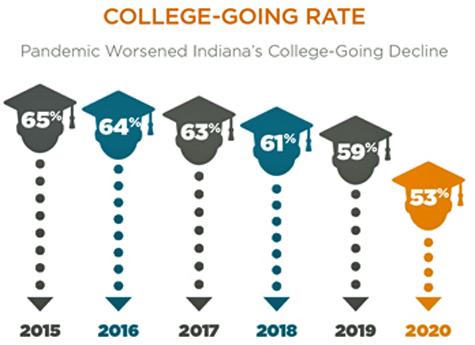In an era where digital innovation reshapes every facet of our lives, the age-old image of sprawling college campuses and lecture halls filled with eager students is being called into question. Are traditional colleges, long seen as the cornerstone of higher education, beginning to lose their grip on the future of learning? A recent global survey offers a nuanced glimpse into this evolving landscape, revealing trends that suggest the once unshakable dominance of conventional universities may be softening. As we navigate this crossroads, it’s time to ask: are traditional colleges dying-or simply transforming into something new?
Table of Contents
- The Shifting Landscape of Higher Education Across Continents
- Emerging Alternatives Challenging the Traditional College Model
- Economic and Social Factors Driving Change in Enrollment Trends
- Technological Innovations Reshaping Learning Experiences
- Strategies for Colleges to Adapt and Thrive in a Changing World
- Frequently Asked Questions
- The Way Forward

The Shifting Landscape of Higher Education Across Continents
Across the globe, the traditional model of higher education is undergoing a profound transformation. From bustling campuses in North America to digital classrooms in Asia, the appetite for alternative learning pathways is reshaping how knowledge is delivered and consumed. The once linear journey from high school diploma to a four-year degree is now intersected by diverse routes – including micro-credentials, online bootcamps, and corporate partnerships – challenging the very foundation of what it means to pursue higher education.
In Europe, for instance, governments are increasingly funding vocational training and apprenticeships as viable alternatives to university degrees. Meanwhile, in Africa, mobile learning platforms are leapfrogging infrastructural limitations, bringing education to remote communities without traditional brick-and-mortar institutions. Latin America witnesses a surge in public-private collaborations to enhance digital literacy, signaling a shift from purely academic credentials to skill-based certifications.
Below is a snapshot of key trends observed across continents:
- North America: Rising tuition costs have sparked a surge in community college enrollments and online degree programs.
- Europe: Emphasis on lifelong learning and flexible course structures is gaining momentum.
- Asia: Hybrid learning models combining in-person and virtual classes dominate urban areas.
- Africa: Mobile education apps are bridging access gaps with scalable solutions.
- Latin America: Skill-based certifications are increasingly valued by employers over traditional diplomas.
| Continent | Dominant Trend | Impact on Traditional Colleges |
|---|---|---|
| North America | Online & Community College Growth | Decline in 4-year enrollment |
| Europe | Lifelong Learning Emphasis | Curriculum Flexibility |
| Asia | Hybrid Learning Models | Campus Digital Integration |
| Africa | Mobile Learning Platforms | Expanded Access |
| Latin America | Skill-based Certifications | Shift in Employer Preferences |
What emerges from these global patterns is a clear message: adaptability is key. Traditional institutions that embrace innovation, diversify their offerings, and focus on real-world applicability stand a better chance of thriving. Conversely, those anchored solely in legacy systems risk becoming relics in an education ecosystem that values accessibility, flexibility, and tangible skills more than ever before.
Emerging Alternatives Challenging the Traditional College Model
Across the globe, a wave of innovative educational models is rapidly gaining momentum, redefining how knowledge is acquired and careers are launched. These alternatives are not merely supplements but formidable contenders that challenge the long-standing supremacy of traditional colleges. From micro-credentialing platforms to immersive online bootcamps, learners now have choices tailored to their pace, budget, and industry demands.
Online learning ecosystems, powered by AI-driven personalization, offer flexible, affordable paths to mastery. Unlike the rigid semester schedules of traditional institutions, these platforms adapt to individual learning curves, making education more accessible to diverse populations. Moreover, they often incorporate real-time feedback and peer collaboration, fostering a vibrant community without physical borders.
Another rising trend is skills-first certification programs, which prioritize demonstrable competencies over degrees. Employers increasingly recognize these credentials, especially in fast-evolving sectors like technology and digital marketing. This shift is reflected in hiring patterns and salary data, indicating a growing trust in alternative qualifications.
- Project-based bootcamps emphasizing hands-on experience
- Subscription-based learning hubs offering continuous skill upgrades
- Industry partnerships facilitating direct job placements
- Peer-to-peer mentoring networks enhancing practical knowledge
| Alternative Model | Average Duration | Cost Range | Industry Focus |
|---|---|---|---|
| Tech Bootcamps | 3-6 months | $5,000 – $15,000 | Software Development, Data Science |
| Micro-Credentials | Weeks to months | $200 – $2,000 | Business, IT, Design |
| Online Degree Alternatives | 1-2 years | $10,000 – $30,000 | Multiple Disciplines |
| Apprenticeships | 6 months – 1 year | Often paid | Trades, Tech, Arts |
Economic and Social Factors Driving Change in Enrollment Trends

Technological Innovations Reshaping Learning Experiences
In recent years, the educational landscape has been dramatically transformed by cutting-edge technologies that are redefining how knowledge is delivered and absorbed. Virtual reality (VR) and augmented reality (AR) have introduced immersive learning environments where students can explore historical sites, conduct science experiments, or visualize complex concepts without leaving their homes. This hands-on experience, once limited to physical classrooms, is now accessible globally, breaking down geographical barriers and democratizing education.
Artificial intelligence (AI) is another game-changer, personalizing learning paths to match individual student needs and pacing. Adaptive learning platforms analyze performance data in real-time, offering tailored content and instant feedback that traditional lectures simply cannot provide. This technology fosters deeper engagement and helps students master subjects more efficiently.
- Gamification: Turning learning into interactive games to boost motivation.
- Blockchain: Ensuring secure and transparent credential verification.
- Cloud Computing: Facilitating access to vast educational resources anytime, anywhere.
| Technology | Impact on Learning | Adoption Rate (2024) |
|---|---|---|
| Virtual Reality | Immersive experiences | 42% |
| Artificial Intelligence | Personalized learning | 58% |
| Gamification | Increased engagement | 65% |

Strategies for Colleges to Adapt and Thrive in a Changing World
Colleges today face an unprecedented crossroads, pressured by evolving technology, shifting student expectations, and a global economy that demands agility and innovation. To stay relevant, institutions must first embrace flexible learning models that cater to diverse student needs. This means expanding online offerings, hybrid courses, and modular certifications that allow learners to upskill at their own pace.
Equally important is the adoption of a student-centered approach. This involves harnessing data analytics to personalize the educational journey, support mental health, and provide career guidance tailored to individual aspirations. Institutions that prioritize holistic development rather than just academic achievement will foster stronger alumni networks and community trust.
Strategic partnerships also play a crucial role. Collaborations with industries, startups, and global universities can create vibrant ecosystems where students gain practical experience and exposure to real-world challenges. Below is a snapshot of how some colleges are repositioning themselves:
| Strategy | Example | Benefit |
|---|---|---|
| Micro-credentials | Short, online skill badges | Faster workforce readiness |
| Industry Collaboration | Internships & joint research | Enhanced employability |
| Global Exchange | Virtual study abroad programs | Cultural competence |
| AI-Powered Advising | Personalized course suggestions | Improved student retention |
Ultimately, surviving and thriving in this changing landscape demands that colleges become dynamic entities-ones that continuously evolve, listen to their communities, and innovate boldly. Those that do will not just survive the uncertainty but will set new standards for what higher education can achieve in the 21st century.
Frequently Asked Questions
Q&A: Are Traditional Colleges Dying? A Global Survey Says Maybe
Q1: What sparked the question about the future of traditional colleges?
A1: The rise of digital learning platforms, escalating tuition fees, and changing student preferences have ignited debates about whether traditional colleges can sustain their relevance in the modern educational landscape.
Q2: What does the global survey reveal about students’ attitudes toward traditional colleges?
A2: The survey highlights a growing ambivalence: while many students still value the campus experience and networking opportunities, a significant portion express concerns about cost, rigidity, and the practicality of college curricula.
Q3: Are traditional colleges losing their appeal worldwide or only in certain regions?
A3: The trend appears global but varies by region. In developed countries, skepticism is more pronounced due to alternative education options, whereas in emerging economies, traditional colleges often remain the primary path to upward mobility.
Q4: How are traditional colleges responding to these challenges?
A4: Many institutions are innovating by integrating online courses, offering flexible degree programs, and forging partnerships with industries to enhance employability, striving to blend tradition with modern demands.
Q5: Could traditional colleges disappear entirely?
A5: While unlikely in the near future, traditional colleges may evolve significantly. The physical campus might transform into a hybrid space where digital and in-person learning coexist, ensuring colleges adapt rather than vanish.
Q6: What alternatives are students turning to instead of traditional colleges?
A6: Alternatives include coding bootcamps, vocational training, online certifications, and micro-credentials, which often promise faster, more affordable, and targeted skill acquisition aligned with job market needs.
Q7: How might the shifting educational landscape impact society at large?
A7: Changes in higher education models could democratize learning access, disrupt traditional career pathways, and redefine what it means to be “educated,” with broad implications for workforce development and social mobility.
Q8: What should prospective students consider when deciding on their educational path?
A8: Students should weigh their career goals, financial situation, learning preferences, and the credibility of alternative credentials, aiming for a path that balances knowledge acquisition with practical outcomes.
Q9: Is there a silver lining in the debate about the future of traditional colleges?
A9: Absolutely. The conversation is prompting long-overdue reforms, encouraging institutions to innovate, and expanding opportunities for learners worldwide, potentially making education more inclusive and adaptable than ever before.
The Way Forward
As the world hurtles forward in a whirlwind of technological innovation and shifting societal values, the question of traditional colleges’ survival remains open-ended. The global survey paints a picture not of imminent extinction, but of transformation-an education landscape in flux, where old institutions must adapt or risk fading into obsolescence. Whether traditional colleges will reinvent themselves as dynamic hubs of learning or become relics of a bygone era is a story still unfolding. One thing is clear: the future of education will be anything but traditional.

